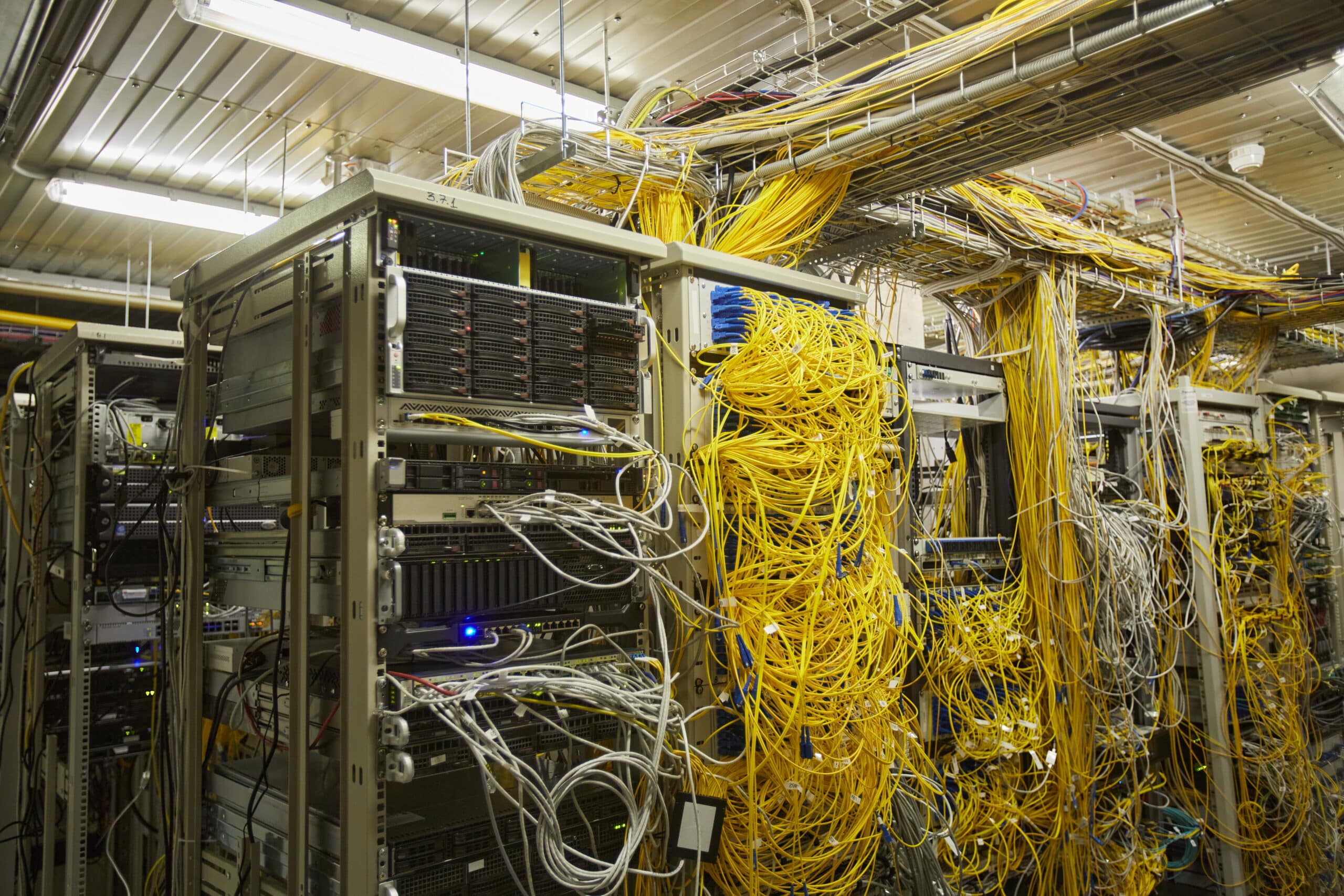Your network infrastructure is the backbone of your organization’s operations. It enables communication, collaboration, and access to essential resources. As such, it’s essential to ensure that your network is performing optimally. One of the most effective ways to ensure optimal network performance is through network audits.
What is a Network Audit?
A network audit is a comprehensive assessment of your network infrastructure. It involves analyzing your network components, configurations, and processes to identify any potential performance bottlenecks or security risks. The objective of a network audit is to improve network performance, increase security, and ensure compliance with industry standards and best practices.
Benefits of Network Audits
Network audits offer several benefits to organizations. Some of these benefits include:
- Improved network performance: Network audits help identify performance bottlenecks, allowing organizations to address these issues and improve overall network performance.
- Increased security: Network audits help identify security vulnerabilities and risks, allowing organizations to implement appropriate security measures to mitigate these risks.
- Compliance with industry standards: Network audits help ensure that organizations are adhering to industry standards and best practices, ensuring that their network infrastructure is secure, reliable, and efficient.
- Better decision-making: Network audits provide organizations with comprehensive insights into their network infrastructure, allowing them to make informed decisions about future investments and upgrades.
Network Audit Process
The network audit process typically involves several steps, including:
- Planning: This involves defining the scope of the network audit, identifying key objectives, and determining the resources required to complete the audit.
- Discovery: This involves gathering information about your network infrastructure, including network devices, configurations, and processes.
- Analysis: This involves analyzing the information gathered during the discovery phase to identify potential performance bottlenecks and security risks.
- Recommendations: This involves presenting recommendations to the organization on how to improve network performance, increase security, and ensure compliance with industry standards.
- Implementation: This involves implementing the recommendations from the network audit, including updating configurations, upgrading hardware, and updating processes.
- Monitoring: This involves monitoring the network infrastructure to ensure that the recommendations from the network audit have improved network performance and increased security.
Conclusion
A network audit is an essential tool for organizations looking to improve their network performance, increase security, and ensure compliance with industry standards. By identifying performance bottlenecks and security risks, network audits help organizations make informed decisions about their network infrastructure and implement the necessary upgrades to ensure optimal performance. If you’re looking to improve your network infrastructure, consider conducting a network audit today.
The Yannelli Group can help your organization conduct a comprehensive network audit to improve your network performance, increase security, and ensure compliance with industry standards. Our team of experts will provide a thorough assessment of your network infrastructure and provide recommendations on how to optimize your network’s performance. With years of experience in the industry, the Yannelli Group is equipped to handle all of your network audit needs. Contact us today to schedule your network audit and take the first step towards a more efficient and secure network infrastructure.




